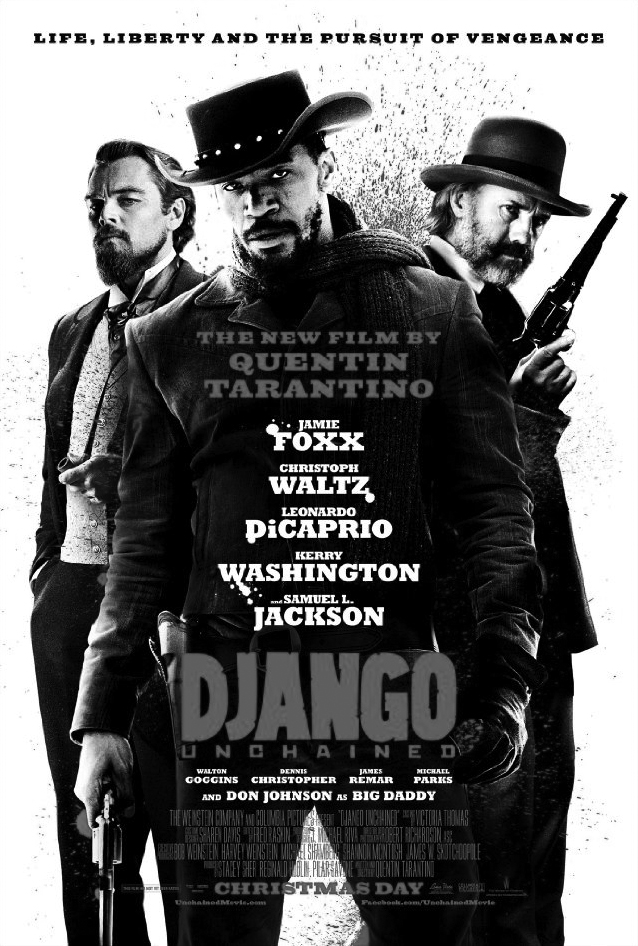Indian Dance ensemble
By Laura Crowley
On Friday night, the Nrityagram Dance Ensemble will perform for the public in the Weis Center for the Performing Arts. The group, which is from a small village in India, is known throughout the world as one of the most elite dance companies from the country, with performances in Hawaii, Denmark, Holland, Portugal, the Middle East, Singapore, New York and Japan.
In English, “Nrityagram” means dance village. Dancers from the ensemble live together and practice eight hours a day for six days a week since “dancers in India are required to reach a high level of skill before they ever perform,”
The founder of the group, Protima Guari, purchased 10 acres of land in 1990 for the ensemble to live and dance on. The ensemble first performed for a foreign audience in 1996 in New York, where they were quickly critically acclaimed. In addition to dance, the ensemble learn yoga, mediation, Sanskrit, mythology, martial arts and literature.
“[The Nrityagram is] a community of dancers in a forsaken place amidst nature. A place where nothing exists, except dance. A place where you breathe, eat, sleep, dream, talk, imagine dance. A place where all the five senses can be refined to perfection. A place where dancers drop negative qualities such as jealousy, small-mindedness, greed and malice to embrace their colleagues as sisters and support each other in their journey towards becoming dancers of merit,” Guari said.
Gurus and students are welcome in the Nrityagram and contribute to its functional and spiritual upkeep.
One New York Times reporter noticed the effects of the their living styles on the dancers, as he wrote that they “performed with a burnished grace, a selfless concentration and a depth that reflected their intensive training in dance, music, literature, language and philosophy.”
Traditional Indian dance centers around seven dance forms: the residential school offers training in Indian classical dance forms, Odissi, Mohiniattam, Kathak, Bharatanatyam, Kuchipudi, Kathakali and Manipuri. The ensemble stays loyal to these ancient dances, yet incorporates a modern feel to its dances by exchanging dance styles with other artists.
Choreographers, musicians and other artists such as sculptors, painters, writers and actors from throughout the world visit the village to exchange art forms, which has given the group a more intercultural feel while still “maintaining a feel of traditional Indian dance,” Maguet said.
“This exquisite company performs with exceptional synchronicity, compelling physicality and emotional honesty,” Maguet
The performance will be Friday night


